It is very early days planting seeds in my New York garden, and life lessons are already flowing from the experience. This is something I never expected when I began to dig up my backyard three years ago.
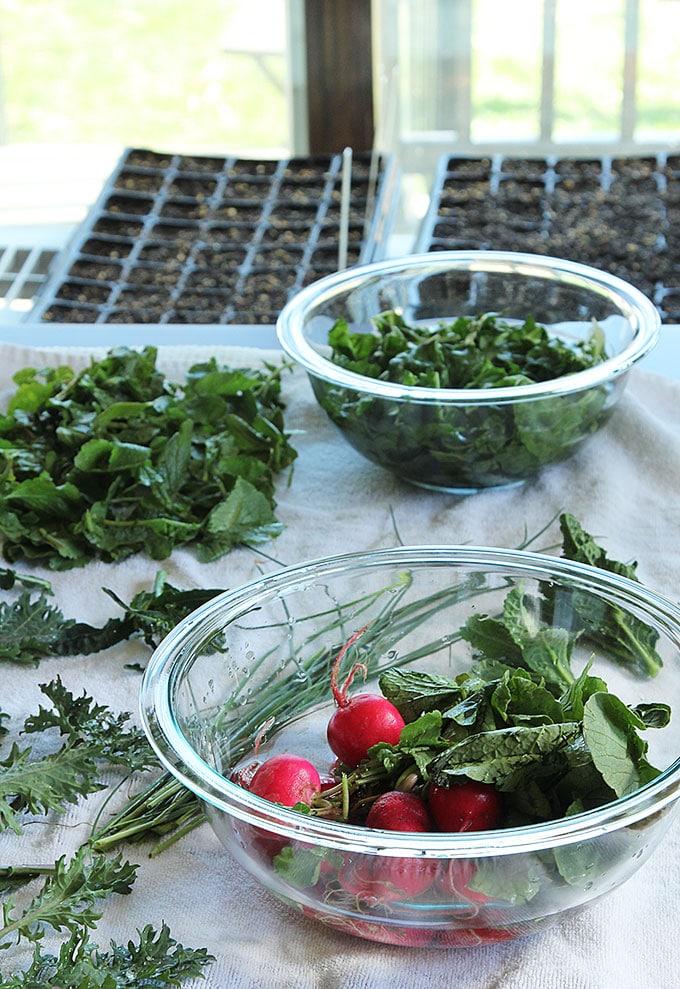
Lesson one is about timing. Gardening is all about it, so I’d like to let you know where things are at in my garden.
Twelve days ago my husband helped me plant spinach, early carrots, and mache (otherwise known as corn salad), in the first outdoor bed. These are seeds that can handle a frost.
The average last frost date for our area was two days ago, so this weekend, we’ll head out for another round of plantings of seeds that don’t tolerate frost, but still like cool weather. It is suppose to be sunny and in the 50s (Fahrenheit) so I am looking forward to getting out.
Like everywhere it seems, spring is arriving late. It is still quite cool, but I want to do justice to the plants that prefer the cold by planting at the right time.
I have learned that there are many plants that actually require the cold to germinate and thrive. An early start is crucial for their success. Start them too late, and you get nothing, because they don’t like the sun.
Just like in gardening, timing is everything in life. Take Buttered Veg for example. Growing an online business requires step-by-step actions, completed in the right order. One can’t even think about monetization without a strong readership, so I must focus only on the steps to grow readership.
Despite wanting to have it all, all the time, life just isn’t like that.
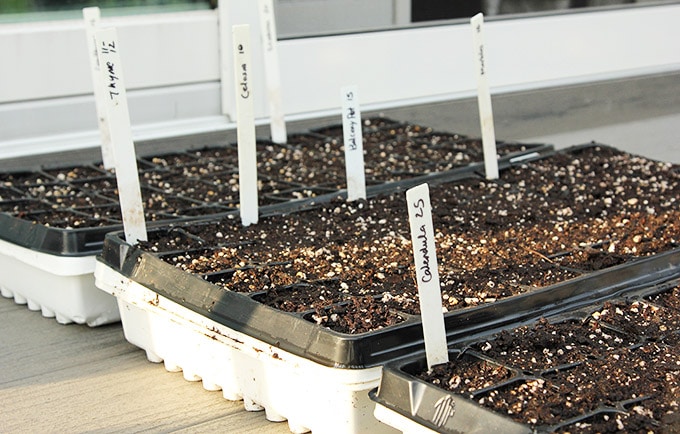
Lesson 2: Fail Fast and Adjust
The constant conducting of experiments in the garden is one of the most unexpected garden insights.
Science is all about hypothesis and conducting experiments. I used to enjoy the process in school, but what I didn’t like was all the technical rules, and writing it all down.
With the garden, I can play out my fantasy of being a scientist, but do it my own way.
At the beginning, I didn’t realize that each plant has its own requirements for optimal growth.
However, there is not just one path to get there. The fact that it’s a living, natural system means there is much room to try new things.
I find it’s like trying to take care of a baby who cannot speak: one is always trying to intuit what the plants needs.
More or less water? More or less fertilizer? More or less sun? More or less space? A companion plant? Plant at a different time? Add worms? A different variety of plant might do better?
While frustrating at times, figuring out what a plant needs is also kind of fun. Sometime I’m completely wrong and I have to watch the plants continue to struggle.
Just like with running Buttered Veg, it’s a constant effort of making adjustments and trying new strategies to see what works. Sometimes it doesn’t work, and I have to adjust and keep struggling.
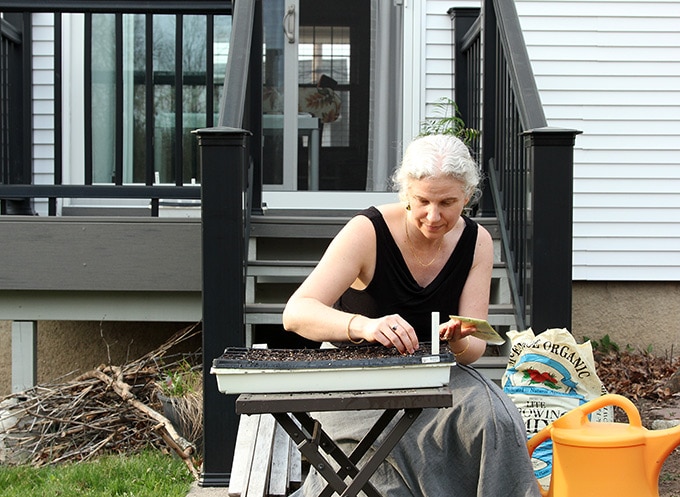
Lesson 3: A Time to Shine; A Time to Work Hard
Gardens have a lot to teach if you pay attention to it. Maybe it’s because it involves living things, but the lessons tend to be profound.
Last season I learned a lesson that I am determined not to repeat. That is to remove dying plants right away to make way for new ones. I later learned that this practice also preserves more life in the soil.
You can imagine the teaming life in the soil struggling to support a dying plant, versus cutting that plant and allowing the soil to rest, or planting a vibrant life that co-dependently exists together with the soil.
Nature shows us the cycle of death and renewal over and over again.
We plant seeds, and they germinate. New shoots are tender when young. Eventually they grow more resilient, and if we are lucky they produce food for us. If the conditions are not optimal, they can easily get infected by pests or disease. And then they die, making room for new plants.
By watching my plants, I’ve become more at ease with death. I never used to like to see the dying part of plants. It isn’t perfect so you don’t admire it. Or if it has disease, you feel bad for it.
But do you know what? Every plant has its own time to shine, and that time is short. It is impossible for everything to be in season, in perfect health, or blooming at the same time. That is just how life works.
As a gardener, one is forced to come to terms with the fact that things are simply out of your control. In your own life, sometimes you shine, and sometimes you get out of your own way, put your head down, and get to work in hopes of brighter times ahead.
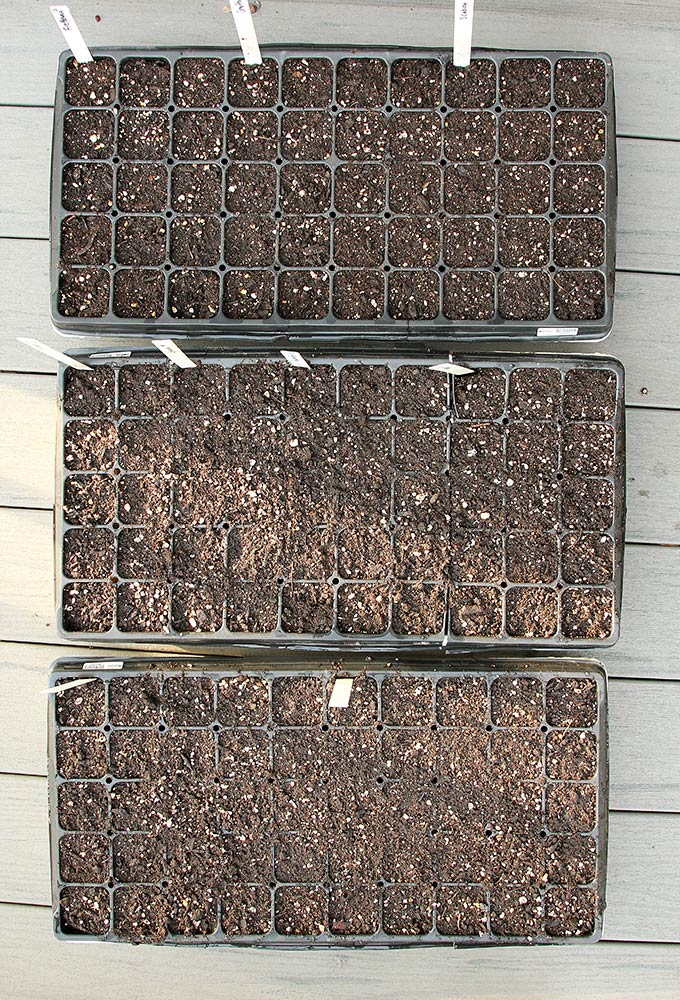
Lesson 4: The Importance of Letting Go
Perennial plants have something really good to teach.
Perennials are plants that survive the winter and come back on their own each spring. They are really great in the garden because you don’t need to plant new seeds or buy new plants each year.
This week I was thinking how my perennials need to be cut to the ground, trimmed, pruned, or some combination of these in the spring or fall. If you don’t cut them back, they won’t thrive.
I got me thinking that this idea of trimming back must contain a life lesson as well. What could I trim or release from my life in order to sprout something better?
Another example of this is last fall we cut the top 30 feet off a 150-year-old maple tree to protect its branches from breaking in hurricane-force winds.
I am told our big beauty will come back better and stronger than ever. But looking at it today, it is hard to imagine. I can see only a few branches with buds that will become leaves. How will they support such a giant tree with an over 3-foot trunk?
A neighbor who knows a lot about plants said the tree will sprout new branches.
I will be watching carefully. Can it really change that much in a short time? (Update: Yes it can!)
The fact that I am asking this question suggests I still have some letting go to do, or perhaps I need to believe more in the ability for things to change?
Gardening is indeed a profound experience!
Lesson 5: Planting Seeds of Hope
I didn’t want to get excited about gardening this year, because it is a lot of work, and part of me was kind of dreading it.
Because once I take that step to plant my seeds, I feel a responsibility to see it through.
No matter what else is happening, the garden needs food and water, thinning, and harvesting, and crops need to be cooked, preserved, or given away. In short, it is a lot of work.
However, once I got out, I soon felt grateful for the opportunity to have a garden, and for having a productive reason to dig in the dirt and commune with nature. Happiness welled up inside me, and I knew that I would cherish my time in the garden this season.
So here I am once again with about 60 different plants to grow from seed.
There are multiple varieties of tomatoes and peppers, cucumbers, eggplants, summer squash, carrots, lettuces, fennel, leafy greens of all sorts, radishes, beets, turnips, okra, and leeks.
Every year brings new innovations. This year I am trying to grow flowers from seeds. I picked the colors and shapes I loved the most from a huge catalogue. This is exciting if it works.
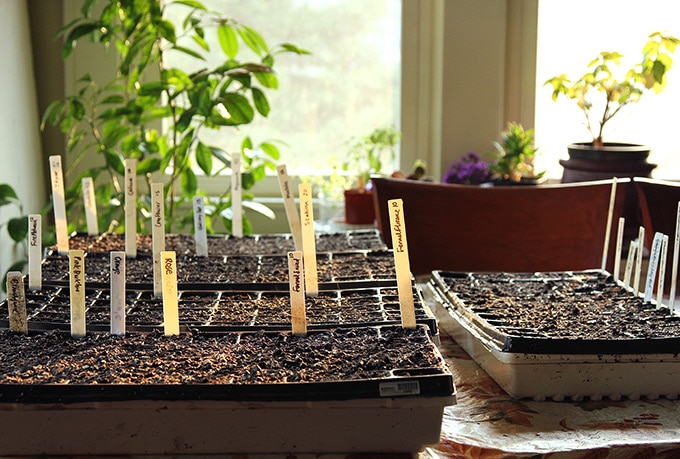
I am anticipating endless colorful blooms this year. I’ll take pictures and show you.
I’m also expanding my herbs. Herbs are one of the easiest and most rewarding types of plants to grow. My chocolate mint and lemon thyme has been amazing for 3 years now, coming back in the spring on its own, and flourishing even after multiple heavy harvests each season.
I already see my oregano patch, established last year, coming back in full force under all the mulch that protected it over the winter. There are chives growing, and bee balm too. Bee balm flowers are used to flavor earl grey tea.
I am trying to sprout some stinging nettles and echinacea, that incredible immune booster with gorgeous purple flowers. This is my second year of attempting these from seed. Hopefully it works.
The annual herbs of rosemary, a few varieties of basils, summer savory, tarragon, parsley, cilantro, and dill will all be planted soon enough.
Right now, before even a single sprout emerges (from new seeds), the garden represents all of the expectations I have for its success.
My hopes for the garden:
- Loads of enjoyment
- Beauty
- Sharing with friends
- Meaningful exercise
- Inspiration
- Joy
- and of course, a tasty harvest
I am also hoping for (expecting) many more life lessons.
Thanks for reading to this point. This is my first year on tending the garden while running Buttered Veg. I only launched my blog in October of 2017. So I am super excited to share the garden with you as the season rolls on.
In the meantime, I think you will enjoy my latest recipe: Quinoa Soup with Spring Greens and Radish.
I used some early garden greens in the soup, and included pictures. This officially marks the first meal, from the first harvest of 2018. We have an exciting year ahead!
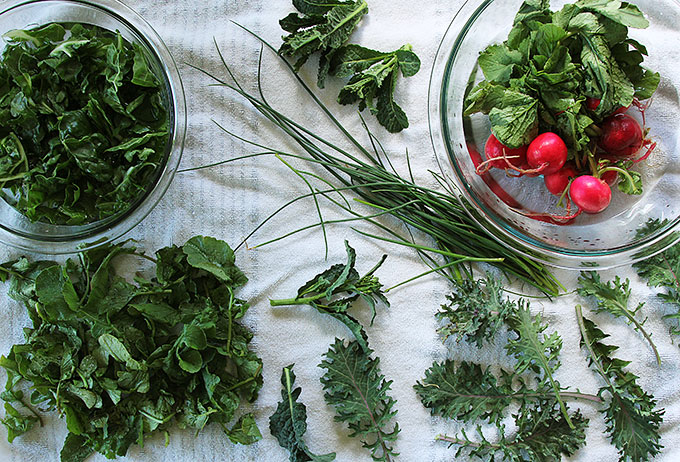
If you liked this post, please share it with your friends on social media, or leave a comment below.
For more Buttered Veg lifestyle content, follow me on Pinterest, Facebook, Instagram, and Twitter.
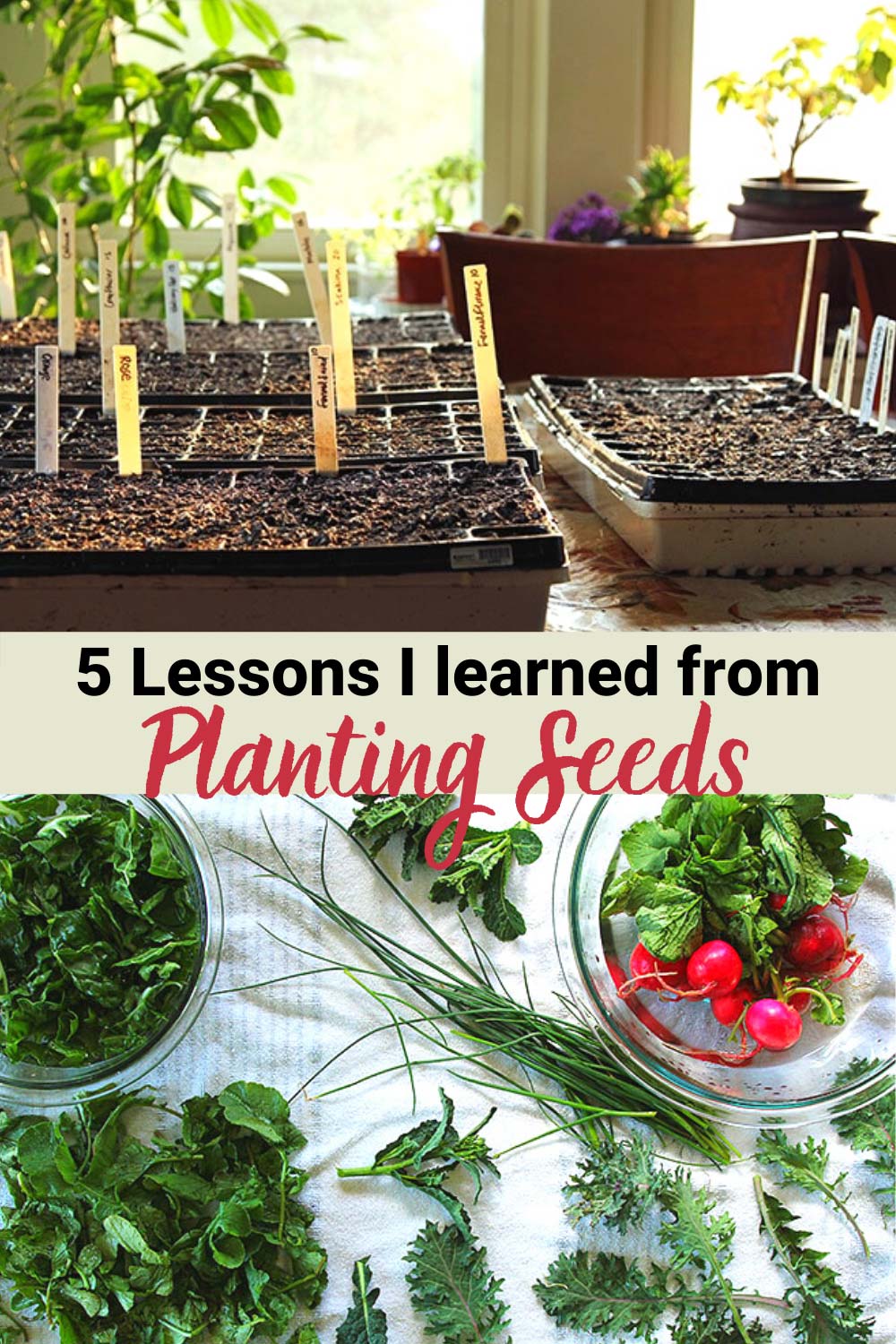



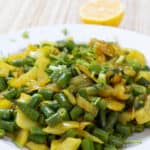
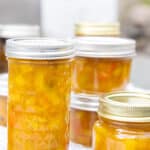




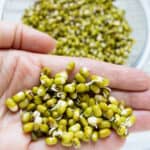



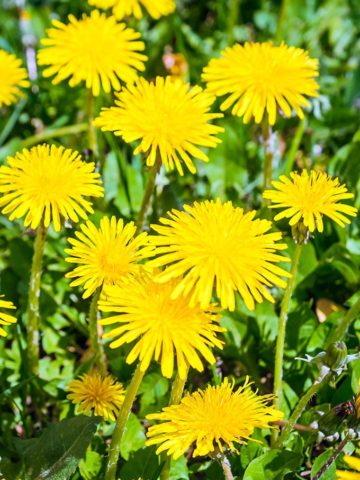
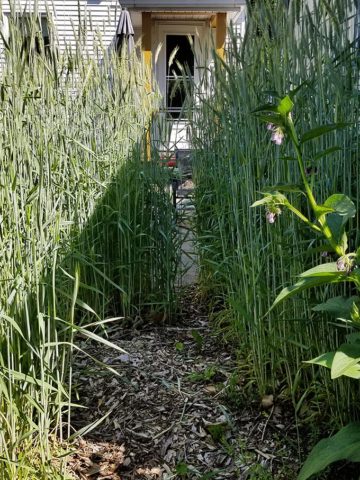
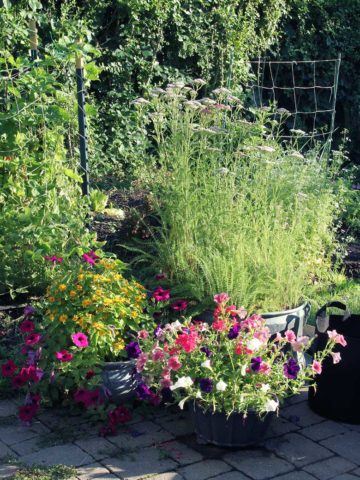
Linda
Planting seeds or creating a beautiful garden really brings lot of lessons in life. It keeps you active and reduces stress in everything you do. Also, it has good benefits in our health as well.
Andrea
Dear Linda,
Thanks for sharing your experiences in the garden. Glad to hear that it benefits your health and reduces stress. I agree.